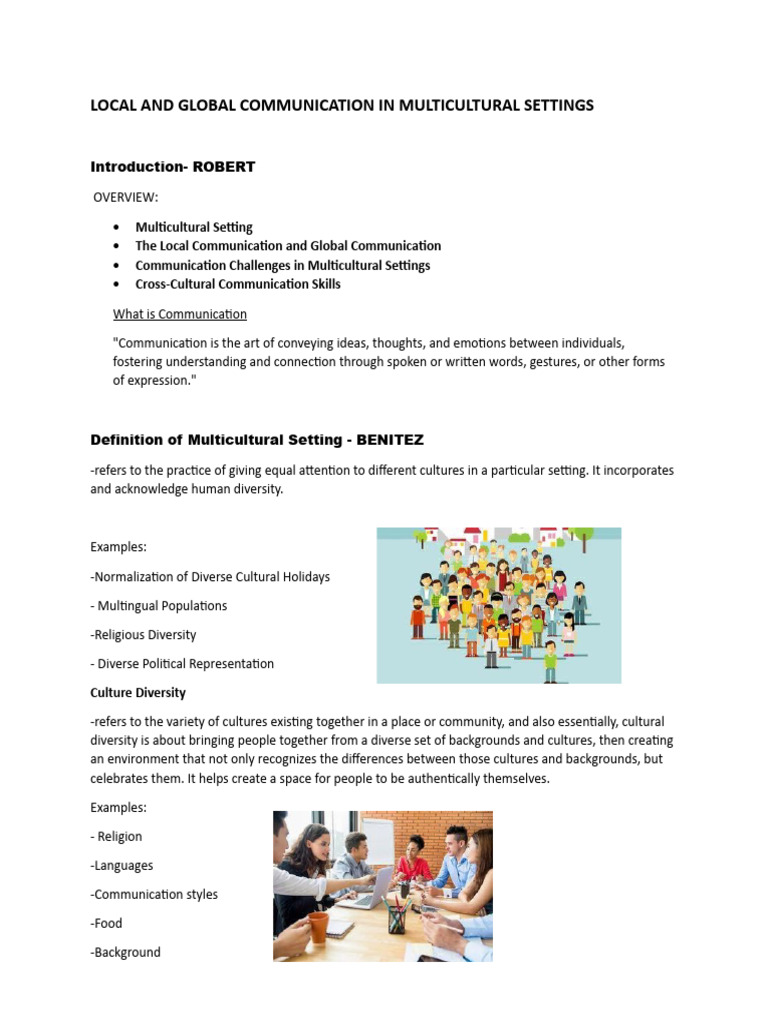

Communication breakdown at non-English speaking destinations can significantly hinder travel experiences. Successfully navigating these interactions hinges on proactive strategies. Communication breakdown, in this context, refers to the difficulty in conveying and receiving information effectively due to language differences, cultural nuances, and diverse communication styles. Many travelers face this challenge, often leading to frustration and missed opportunities. This article offers actionable solutions to bridge these gaps, ensuring smooth and rewarding interactions with locals. The structure of this article will cover various aspects of effective communication, practical tips, and useful resources to avoid communication breakdowns.
Understanding the Root Causes of Communication Breakdown
Language Barriers and Cultural Differences
Language differences are a primary cause of communication breakdowns. Successfully navigating a non-English speaking destination requires understanding that even if there’s a common language like Spanish or French, regional dialects or different levels of fluency can impact comprehension. Cultural differences also play a crucial role. Body language, social norms, and communication styles differ significantly across cultures. Misinterpretations can easily arise, leading to unintended offense or misunderstandings.
Lack of Preparation and Initiative
Lack of preparation often exacerbates the issue. Travelers might not have taken the time to learn basic phrases or research cultural norms of the specific region. Often, this stems from a lack of initiative to connect with locals. For example, tourists might rely solely on their smartphone’s translation app, neglecting the opportunity to engage in direct conversation. This can perpetuate a sense of disconnection and limit the potential for a rewarding experience.
Building a Bridge Through Effective Communication Strategies
Learning Basic Phrases
Learning a few basic phrases in the local language demonstrates respect and creates a strong positive first impression. Phrases such as “hello”, “thank you”, “excuse me”, and “please” significantly improve the experience. It’s worth noting that even a simple greeting can foster positive interaction. Language learning apps and resources can be highly useful tools to boost your travel vocabulary before you go.
Utilizing Technology Tools
Translation apps and portable dictionaries can be invaluable. However, they are most effective when used as a supplementary tool, rather than a complete replacement for face-to-face communication. Embrace the opportunity to interact directly with locals to avoid misinterpretations and ensure successful communication. Use translation apps to augment your communication efforts but also make an effort to practice and expand your spoken interactions.
Embracing Non-Verbal Communication
Visual Cues and Gestures
Utilizing visual cues and gestures can be vital for communication. This includes pointing, using pictures, or drawing simple diagrams to convey meaning. Even simple gestures like a nod can demonstrate engagement and respect. Remembering cultural nuances is essential in the interpretation of non-verbal signs. What constitutes a gesture of agreement in one culture may be misinterpreted in another.
Active Listening and Patience
Active listening is key in bridging language gaps. Pay close attention to the speaker, and allow for pauses or misunderstandings. Patience is essential; it takes time and effort for meaningful communication to develop. Be aware that not every conversation will flow perfectly; the aim is to demonstrate a genuine desire to communicate effectively, even if it involves a few misunderstandings.
Navigating Cultural Nuances and Etiquette
Respecting Local Customs
Understanding and respecting local customs fosters positive interactions. This includes being mindful of dress codes, greetings, and appropriate topics of conversation. Researching cultural norms before your trip is beneficial in making sure you respect the local culture.
Flexibility and Adaptability
Flexibility and adaptability are essential for handling unexpected challenges. Be prepared to adjust your communication style and expectations based on the specific circumstances and the individuals you’re interacting with. It’s about finding a shared understanding, even if the language or communication styles vary.
Seeking Help and Resources
Local Guides and Interpreters
Local guides or interpreters can be extremely beneficial. Having a dedicated guide offers cultural insight and language assistance to facilitate communication. This can ensure smoother interactions with locals and help avoid misunderstandings.
Embracing Mistakes as Learning Opportunities
Embrace misunderstandings as opportunities for learning. Don’t be afraid to ask for clarification or to apologize for any missteps. This proactive approach builds trust and shows respect, which are crucial components in building strong relationships with locals.
Specific Examples and Case Studies
Example of successful communication
During a trip to Japan, a traveler learned a few basic Japanese phrases. This simple gesture allowed the traveler to purchase food and interact with the vendor and other locals. This demonstrates how learning a few basic phrases can make a difference.
Example of a failed interaction
In a different scenario, a tourist in Thailand tried to order food without learning any basic Thai phrases. This led to confusion and frustration, highlighting the need for pre-trip preparation and cultural sensitivity.
Resources and Further Exploration
Language Learning Apps and Resources
Language learning apps and online resources can accelerate your vocabulary expansion, allowing you to master basic phrases and improve your communication skills. These can be a great tool in preparation for your trip.
Cultural Immersion Programs
Cultural immersion programs can provide a deeper understanding of local customs and traditions. These programs allow tourists to get a feel for local customs, language, and social norms. It helps prepare tourists before their travel.
Conclusion
Overcoming communication breakdowns at non-English speaking destinations involves practical preparation and a flexible mindset. Using communication strategies, embracing cultural sensitivity, and respecting local customs can help ensure a smoother, more enjoyable experience. By proactively approaching interactions, travelers can build stronger connections with locals. Remember to research local customs before your trip, learn a few basic phrases, and use translation apps appropriately. Be patient, adaptable, and most importantly, respectful to promote a positive experience for everyone.
Frequently Asked Questions
What are the best apps for learning basic phrases on the go?
Several language learning apps, such as Duolingo, Babbel, and HelloTalk, provide comprehensive resources and tools for learning basic phrases and interacting with native speakers. These apps can provide effective support for communication on the go.
What are some common misinterpretations that arise in non-verbal communication between cultures?
Common misinterpretations arise from different cultural perceptions of body language. For example, direct eye contact in one culture could be perceived as disrespectful or aggressive in another. Understanding the cultural nuances is key in non-verbal communication and interpreting cues from locals accurately.
Frequently Asked Questions
How can I improve my communication skills when traveling to non-English speaking countries?
Improving communication skills for travel to non-English speaking countries involves several key strategies. Firstly, learn basic phrases in the local language. Secondly, utilize translation apps and dictionaries for assistance. Thirdly, embrace visual communication, using gestures and pointing to aid comprehension. Finally, be patient and understanding; communication may take more time and effort than expected. Remember that a genuine effort to connect is often more impactful than flawless grammar.
In conclusion, overcoming communication breakdowns at non-English speaking destinations requires proactive strategies, cultural sensitivity, and adaptable communication techniques. By employing these strategies, travelers can enhance their experiences and foster positive interactions. To delve deeper into these techniques, consider exploring resources on cross-cultural communication and language learning apps. This knowledge will empower you to navigate diverse cultural landscapes with confidence and create meaningful connections with locals. Download our free guide to communication breakdown at non-English speaking destinations.